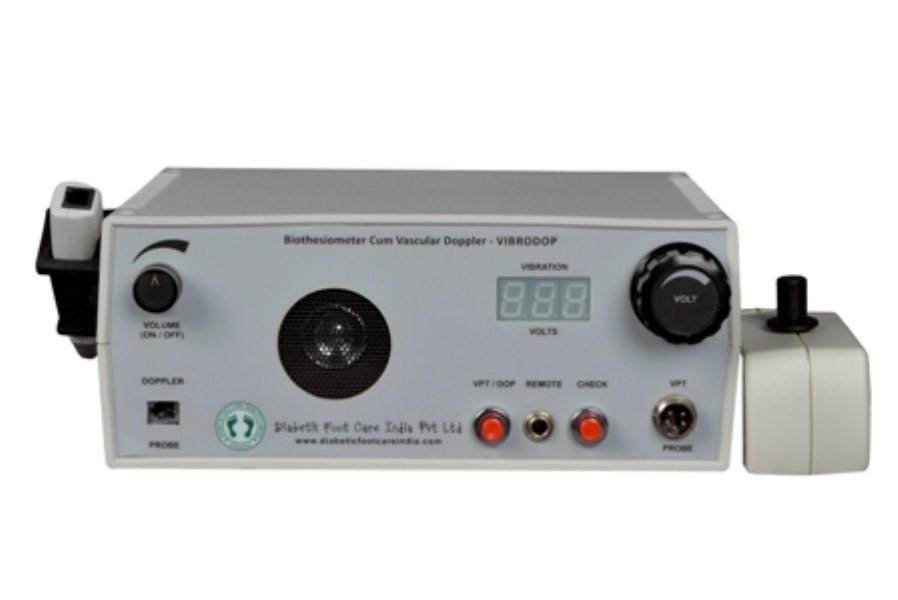Plantar Pressure Measurement Systems
Deformity due to the diabetic foot causes repetitive and excessive pressure to certain areas of the foot, which may result in ulcers and pains. Therefore, it is necessary to measure the pressure of the sole for the prevention and management of diabetic foot lesions.
Early identification of feet 'at risk' for ulceration is important in preventing plantar lesions in diabetic patients with insensitive feet. Plantar pressures are higher in diabetic neuropathic patients than non-diabetic and non-neuropathic Counterparts. As high plantar pressure is a proven risk factor for foot ulceration, effective screening for high plantar pressures in diabetic patients could have a major influence on the incidence of diabetic foot ulceration.
High plantar foot pressure has been identified as a significant risk factor for ulcerations. A large number of studies have suggested that plantar pressures are high in people with diabetic peripheral neuropathy (DPN) and in people with a history of diabetic foot ulcers. Measurement of these foot pressures is possible utilizing a variety of modalities. Several computerized systems can provide quantitative measurement of plantar foot pressure. These measurements are important in identifying areas of the foot at risk for ulceration and possibly in the evaluation of orthotic adjustments.
In order to identify high-risk patients in a clinical setting, a simple system for screening is needed which is easy to use, reliable and gives results that are easy to interpret and can be immediately available to both the patient and staff. Our Foot Imprinter Harris Mat FM1111 has been developed as a simple, inexpensive and practical foot pressure measurement device intended for routine clinical use. It is a semiquantitative footprint mat that quantifies plantar pressure by visual comparison between the greyness of the footprint.
Features:
• Measures and display patient weight disbursement in greyscale
• Detects the area of the greatest concern for ulceration
• Useful to identify Charcot arthropathy
• Arch of the patient can be detected
• More the darker color represent the high pressure
• Excellent tool for motivating the patient to upgrade to a good footwear
• Kit includes FI1111 mat, rubber roller, ink pad, Ink and prescription pad
Send Message



